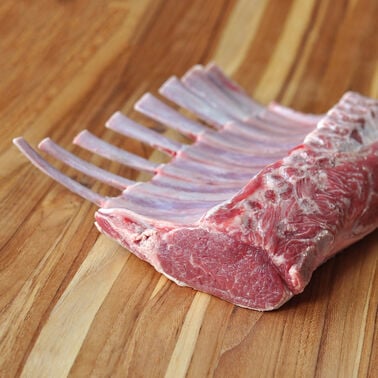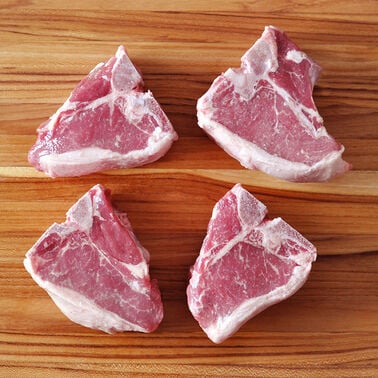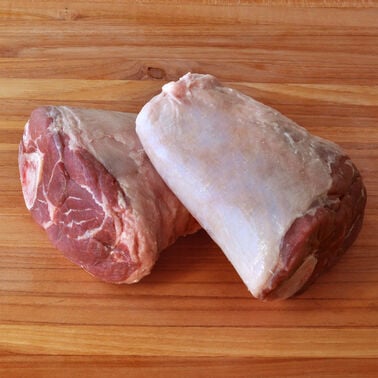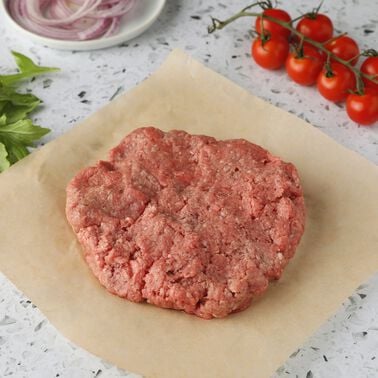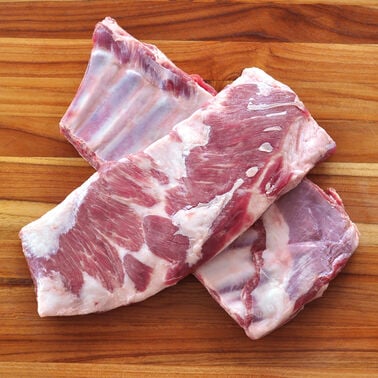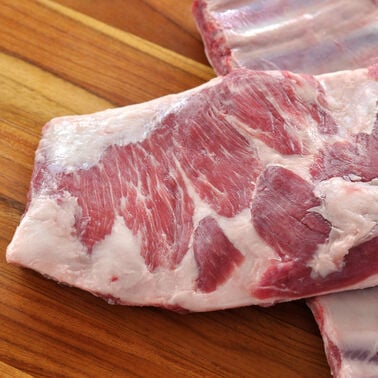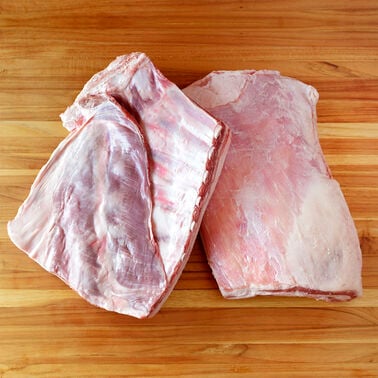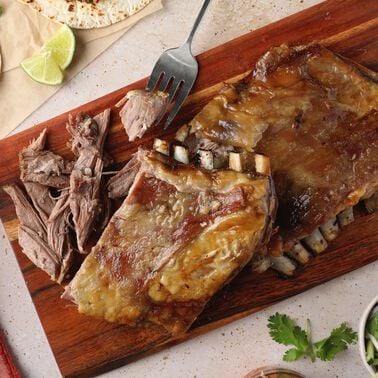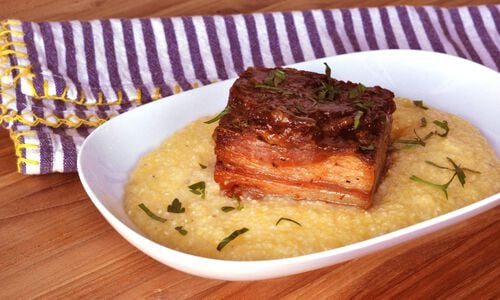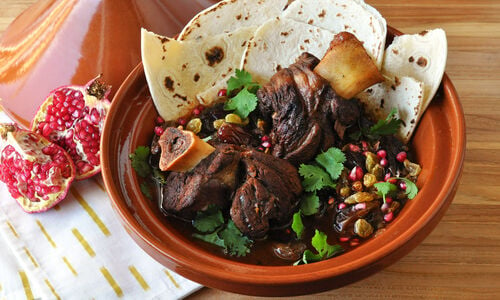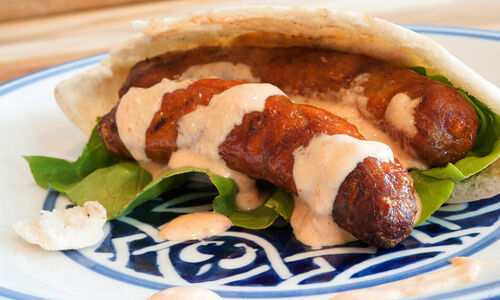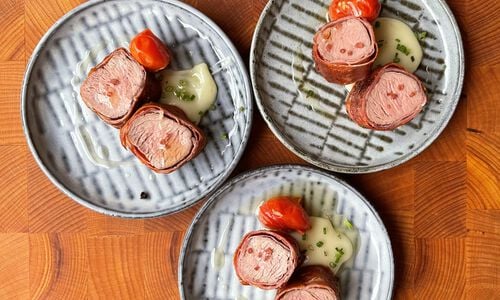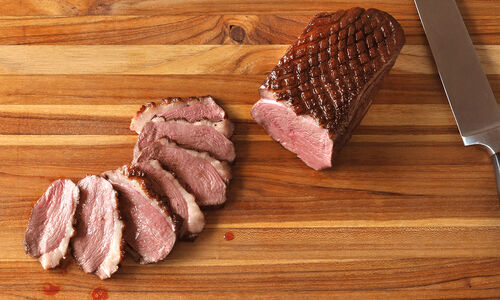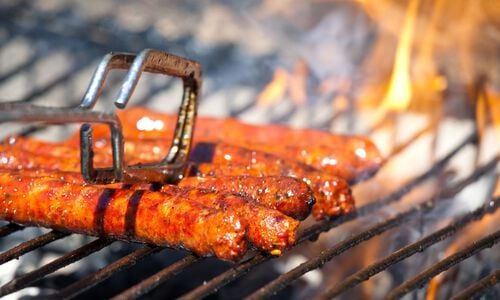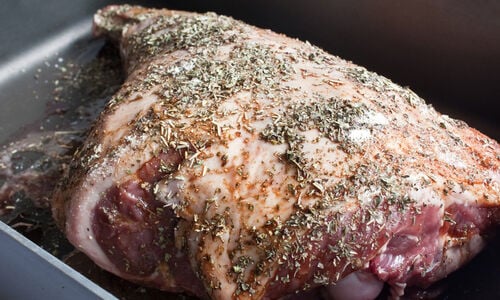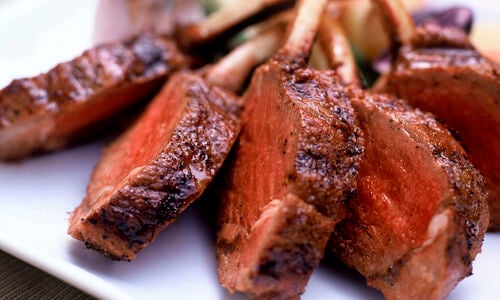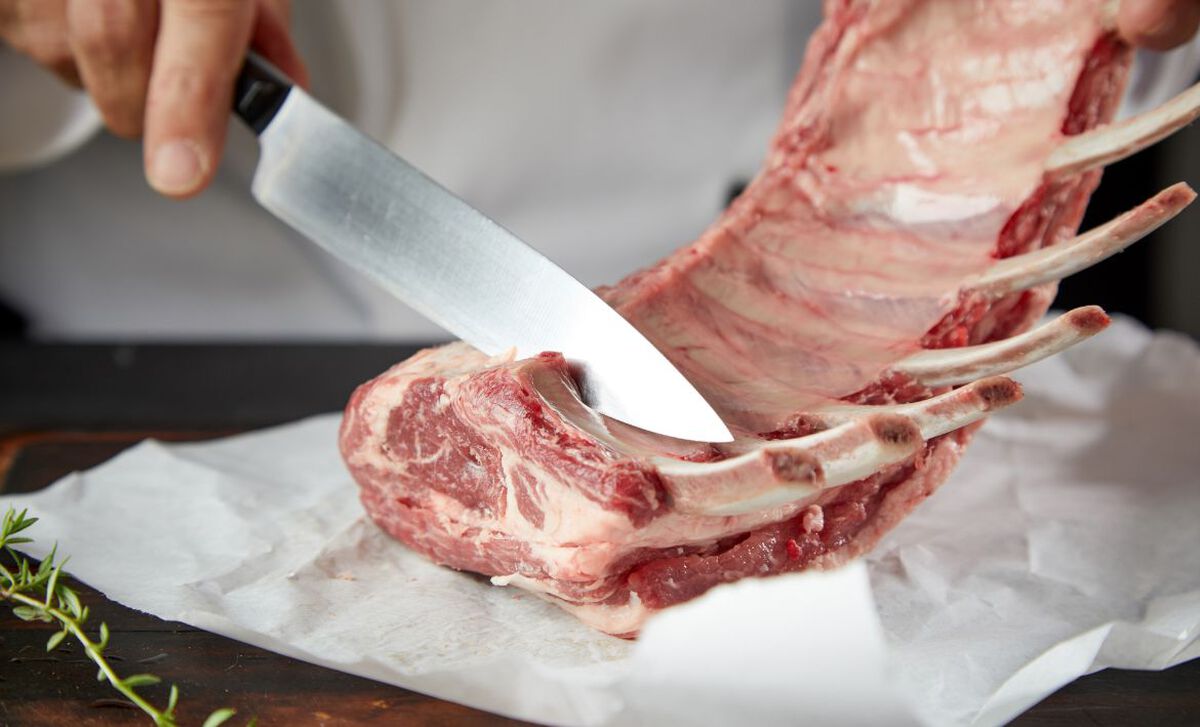
As a testament to their success as a domesticated species, there are more than 200 breeds in existence today, each developed for a specific purpose. Some are bred for wool production, like the Merino, and others for milk, like the East Friesian, responsible for much of the sheep milk in the world (which gets made into some of the best cheese!).
In France, the Lacaune breed is the sheep of choice for producing the milk to make the legendary Roquefort cheese. The famous feta cheese of Greece is often made of milk from Zackel sheep, and can be blended with goat’s milk. Spain produces manchego cheese from the milk of the Manchega breed. These are but a few of the most famous sheep-milk cheeses that have earned a place in culinary history.
Some breeds, like Cheviot, Dorset, Rambouillet, or Suffolk sheep, are best for succulent meat. Selective breeding over the centuries has created sheep dedicated to wool, milk, or meat, although some breeds are good for all three. Cultures that raise sheep for wool also tend to eat more lamb and mutton.
Why We Should Eat More Lamb
Did you know that the average American only eats about 1 lb. of lamb meat a year? Compare that to the Greeks who devour about 27 lbs. annually. We can do better! The other red meat is good for you. Lamb meat has eight essential amino acids in the proper ratios, has high-quality protein, and is high in B vitamins, zinc, and iron. And lamb is pretty lean compared to other red meats. Most of the fat is on the outside, not marbled throughout the meat, so it’s easily trimmed off. About 36 percent of the fat in lamb is saturated fat, and the rest is mono or polyunsaturated fat. And then there is the CLA (conjugated linoleic acid) which is a unique antioxidant that the human body cannot produce, but must get from eating herbivores like sheep, goats, or cows. Lambs that get to eat clean pasture and range in the sunshine produce the most CLA.
Eating Lamb vs. Mutton
Lamb refers to meat from young sheep less than 12 months old, which is tender and mild in flavor. The meat from a sheep older than one year is called mutton, and it has a more intense flavor and somewhat less tender texture. Some cultures prefer to eat mutton (we’re looking at you, Great Britain), and have developed recipes that require long slow cooking to break down the meat and tenderize it. There is another category called yearling mutton, which refers to meat from a sheep between 1 year and 2 years old. Yearling mutton will be darker, somewhat coarser, and firmer with more fat and larger overall than true lamb. Americans will be more likely to eat young lamb than mutton when they do hunker down to their one pound of lamb a year.
Cooking Lamb
With so many famous lamb dishes around the world - think lamb kofta, moussaka, curry, tagine, shepherd’s pie - where to begin? Whatever the cut, the key to tasty lamb is not overcooking it! The flavor of lamb will win over nobody if they are offered dry, grey, overcooked meat. Cook to medium rare, or 130 degrees F, which is the temperature that most chefs prefer for lamb, leaving all the juices, texture, and flavor intact. In general, a rack of lamb is great when roasted or grilled. Leg of lamb can be marinated and roasted, and lamb shoulder responds well to braising and roasting. And if you are too timid to start with a lamb rack, try lamb merguez sausage - a favorite in North African and French cuisine.
